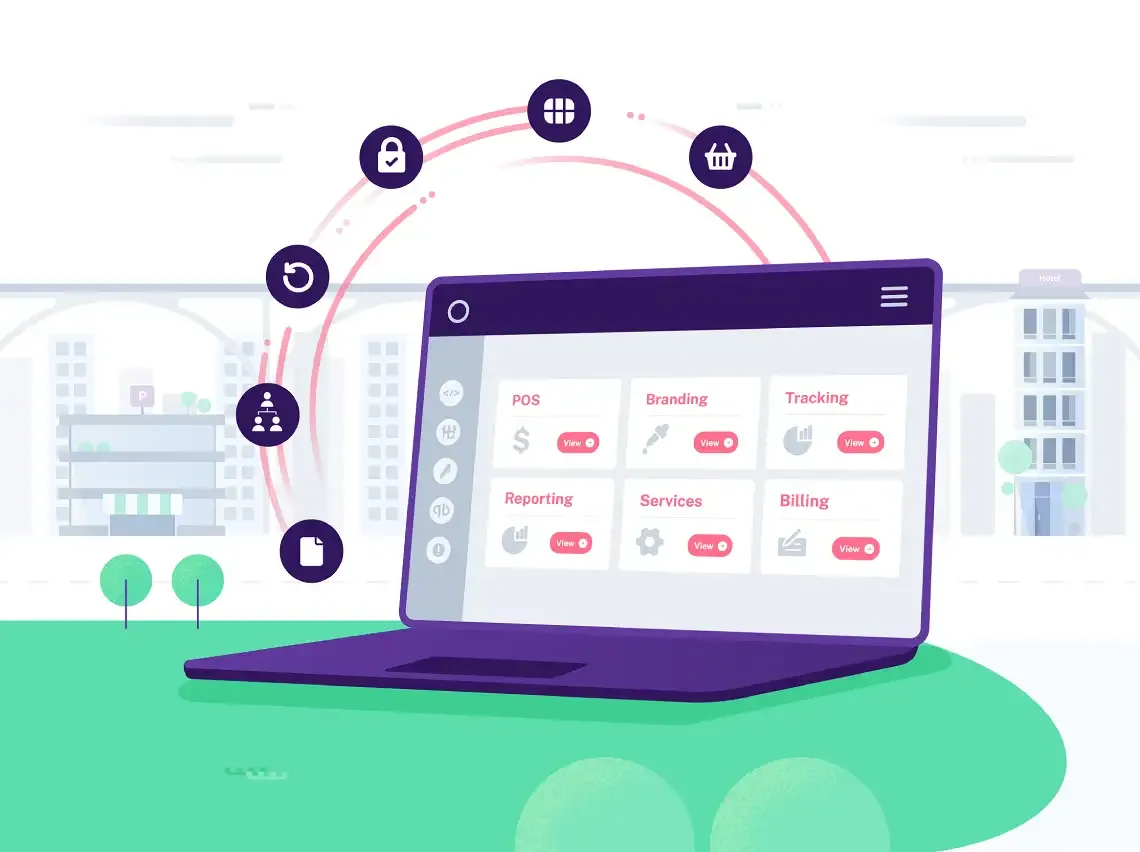Use this 10-point list to help find a payment gateway partner that will provide the most significant benefits to your customers and your business.
In an extremely competitive space, your success as an independent sales organization (ISO) depends on the merchant relationships you build – and the best way to do that is by providing them with the payment features they need along with added value and exceptional user experiences. The challenge is sorting through all of the payment gateway options to find a partner that will help you deliver.
Use this 10-point checklist to vet potential partners and choose a payment gateway provider that will provide optimal benefits to your customers – and your ISO.
Features and Factors to Consider When Choosing a Payment Gateway
1. Processing the Full Range of Payment Types
Not all payment gateways support every type of payment. Understand the types of payments that your customers need to accept, whether only debit and credit cards or also ACH and e-checks, then make sure the payment gateway provider you are considering as a partner enables them.
2. Modular Design
While you want to choose a payment gateway with a full-featured offering, not every business needs every feature. A payment gateway with a modular architecture enables your customers to choose a comprehensive omnichannel payment solution or only the features they want, à la carte. An added benefit to a solution with this design is that if the merchant’s needs change over time, such as adapting from card-present to online sales during the COVID-19 pandemic, they can add or subtract features, unlike gateways with a take-or-leave-it feature set.
3. Integrations
Leading payment gateway providers offer integration with a wide range of payment processors, third-party solutions such as online shopping carts and gift cards, and value-added services, such as loyalty rewards, marketing integration and customer surveys. Make sure the functionality that your customers need is on the payment gateway’s integration partners list.
4. Device Options and Management
Research the payment devices your customers will be able to use, including countertop card readers, mobile devices and multilane devices, and take note of the vendors that provide the product lines and their price structures. It’s also important to understand what their device management looks like and if they support remote updates.
5. Security and PCI Compliance
Payment security is a necessity to protect your customers’ businesses as well as consumers’ accounts. Investigate the payment gateway’s Payment Card Industry (PCI) certifications and the measures they take, such as tokenization of stored information, to keep payment data safe.
6. Analytics and Reporting
Merchants have discovered the power of data, both to inform decisions about internal operations and to build a 360-degree view of their customers that can help them influence purchases and increase marketing ROI. Ensure your customers can access their payment data so that they can use it to operate more strategically and competitively.
7. Cross-Border Payments
Depending on your customers’ location or whether they do business in multiple countries, they may require their payment gateway to enable cross-border payments. In addition to accommodating payment card regulations in different regions and foreign transaction fees, the payment interface should also adapt to consumers’ language and currency.
8. Pricing
Payment gateways can assess fees in different ways. Some charge by transaction; others charge a monthly fee plus a transaction fee. There may also be additional fees for services such as invoicing or fraud. Also, fees may vary depending on the types of merchant category your customers fall into. It’s vital to develop a complete picture of costs for your customers to avoid surprises and prevent harm to your relationship.
9. White-Labeled Solutions
When choosing a payment gateway, don’t limit your investigation only to features that benefit your customer. Also consider the advantages the partnership will offer your business. One extremely valuable feature for ISOs is the ability to brand the payment solution with your logo and access it from your website. This noncompetitive approach to partnering with a payment gateway provider can help you protect your accounts and minimize churn.
10. Total Control and Management Over Your Reseller and Merchant Portfolio
You, not the payment gateway provider, should have control of your accounts and how you sell services. When choosing a payment gateway partner, make sure you fully understand the terms of the relationship, including who is responsible for onboarding, billing, SSL certificate management, and customer support.
Take Note of Investment in the Future
Another thing to consider when choosing a payment gateway is whether their organization invests time and resources into updating their technology. Are they rolling out new features and functionality, such as automatic account updater, QR code generator, webhooks, and APIs for EMV integration, or falling behind their competition when it comes to new offerings?
Partnering with a payment gateway that is always innovating will ensure your customers are well equipped with the payment functionality they need, and you will maintain a strong foundation in your customer relationships.
To learn more, reach out to a member of our team today.




